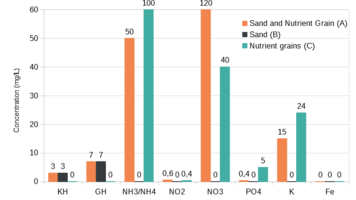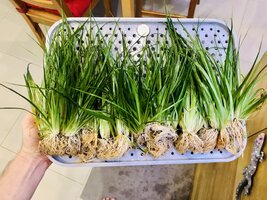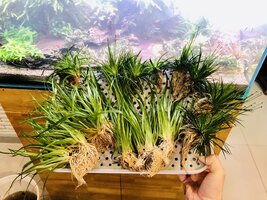yes I read that too, but so far I have seen people added these in deep substrate and even sand and still had the reading go off the Chart. not sure if his substrate was really deep more than 4+ inches or so, in deeper substrate the NO3 is usually converted into Nitrogen Gas rather than releasing it into water as NO3. if his reading were truly 0 ppm NO3, this strongly suggest whatever I just mentioned, because otherwise you will never ever find a reading of 0 ppm NO3 in aquarium.Sure, there's always room for difference of opinion.
Vin in his presentation said that for his Rotala Kill Tank, he had his water column nitrate level tested by some university friend with expensive equipment and it was 0 nitrates?
I believe Vin experiment was to demonstrate that root feeding was the way to go to grow those plants properly, but I demonstrated that you can grow them without root feeding and with lean or even higher but proper dosing. the experiment were posted in the thread "lean dosing Pro vs Cons"
I strongly believe the results he was seeing was truly due to lean dosing rather than root feeding. if you were to setup a inert substrate aquarium and dose lean the end result would be similar to Vin. if you were to use aqua soil without root feeding and dose lean in the water the end results again would be the same. the major players are NH4/Urea that are contributing most of the good results here.
but with excess root tabs you are looking for lot of issues, if we recommended 1 root tabs for everyone's tank, the end results is not going to be same for everyone.














